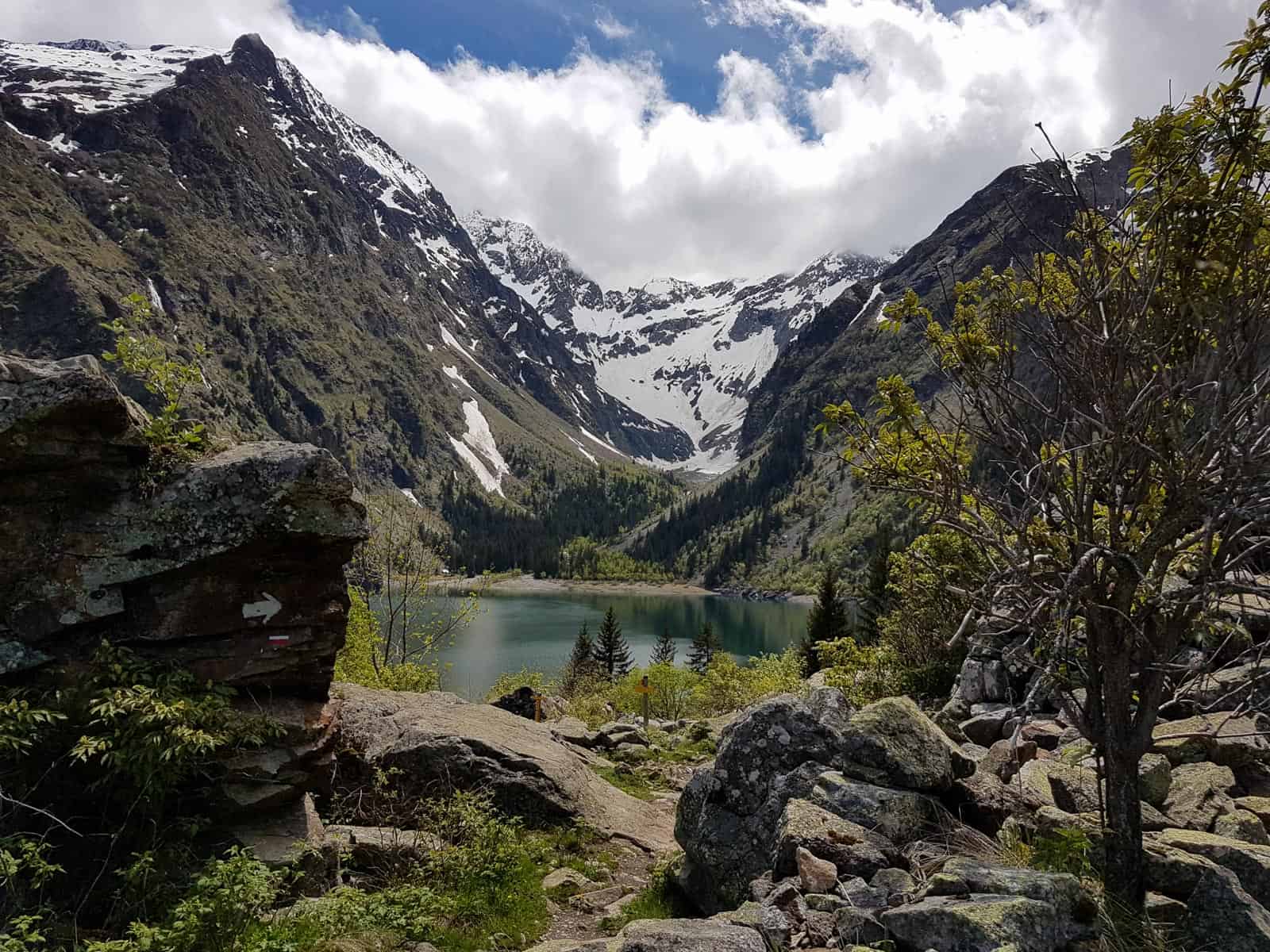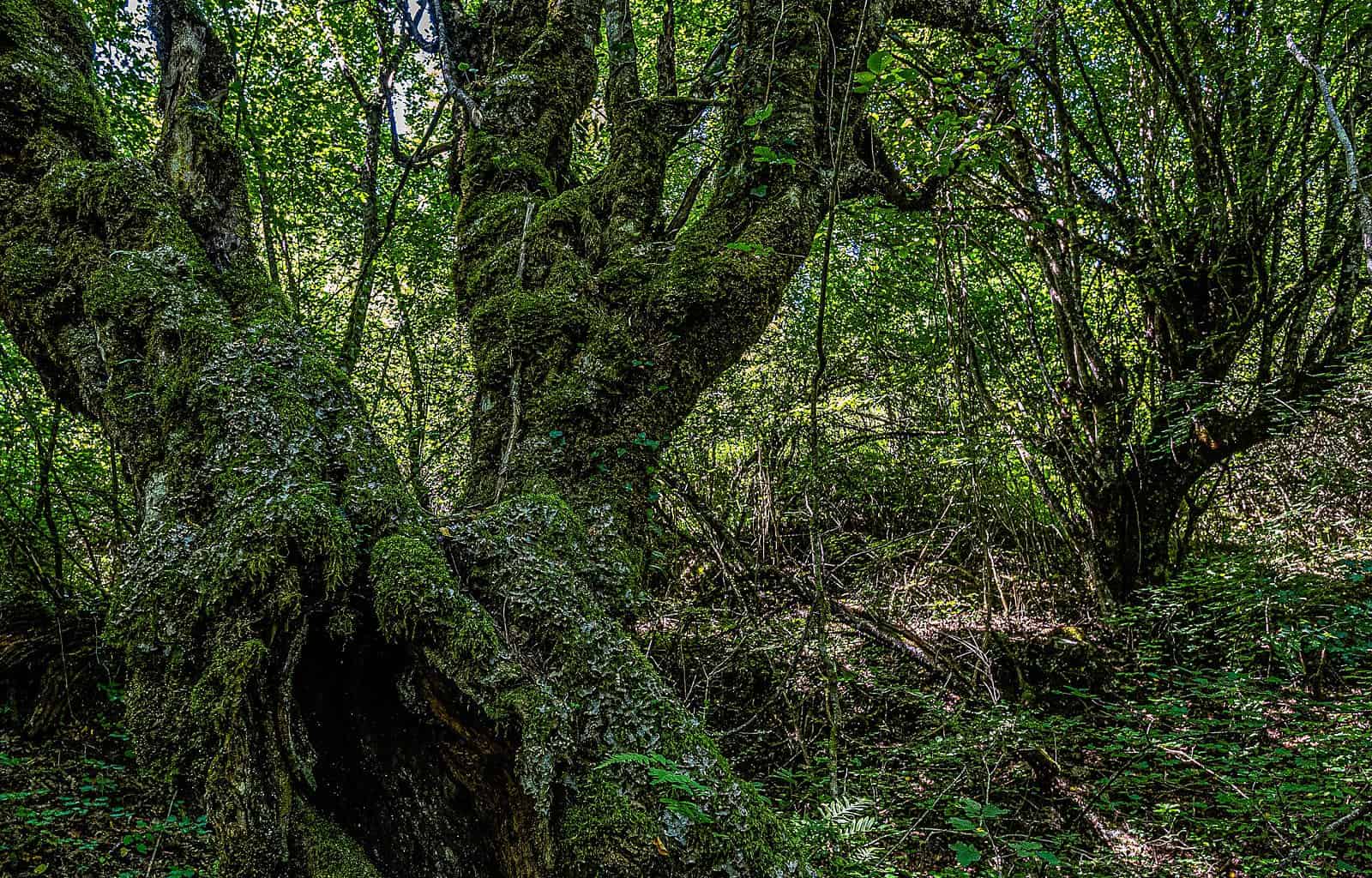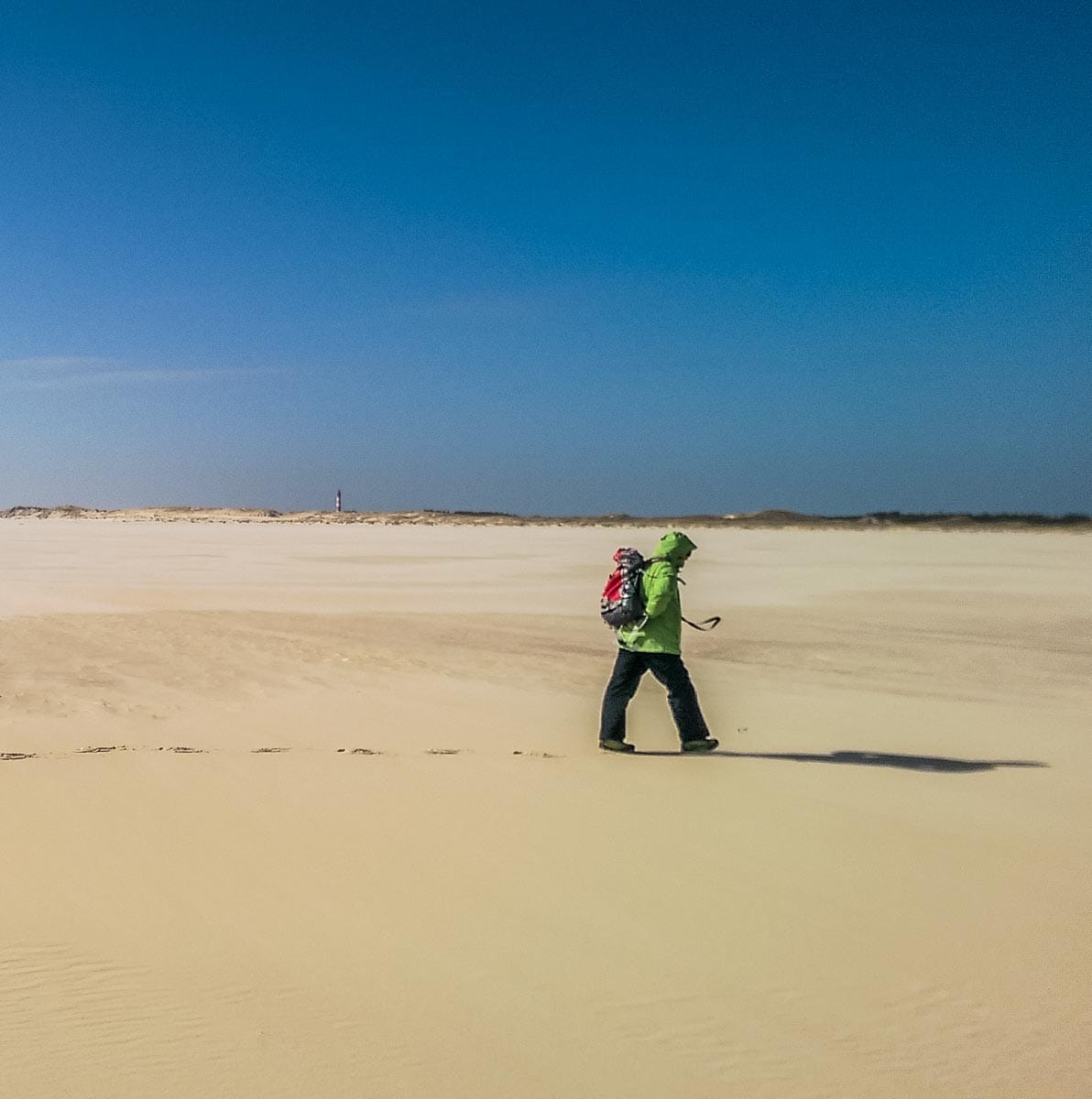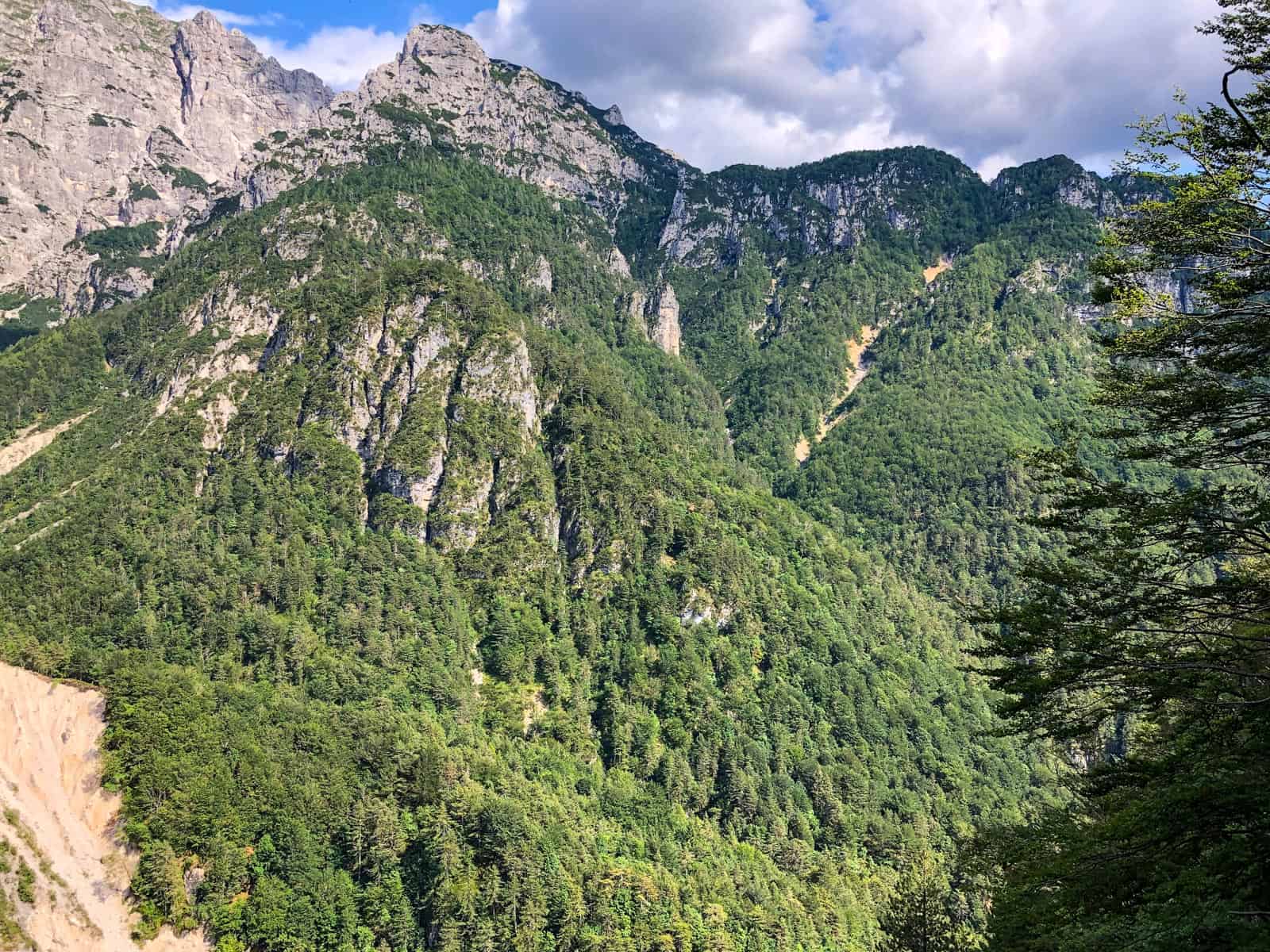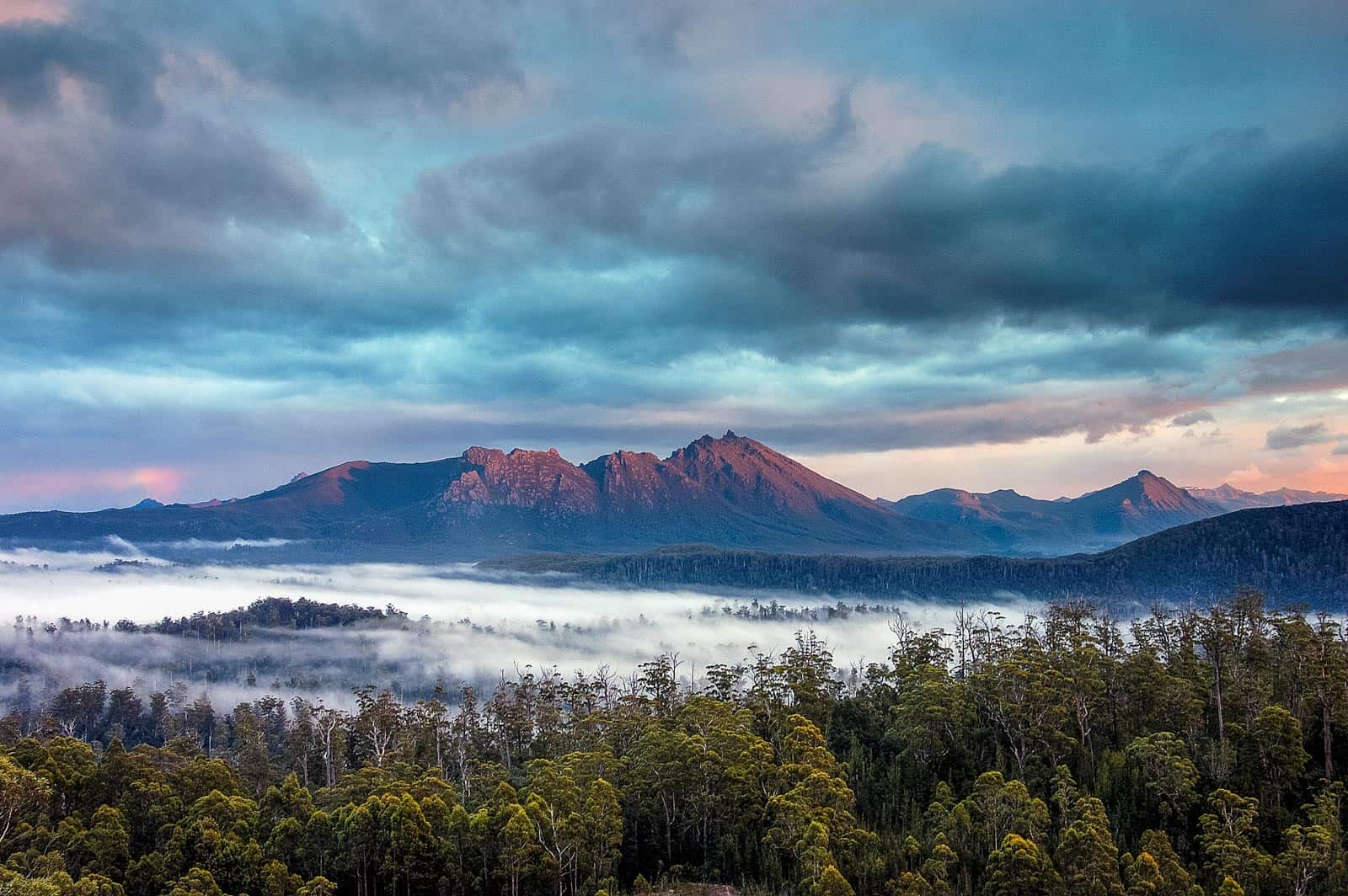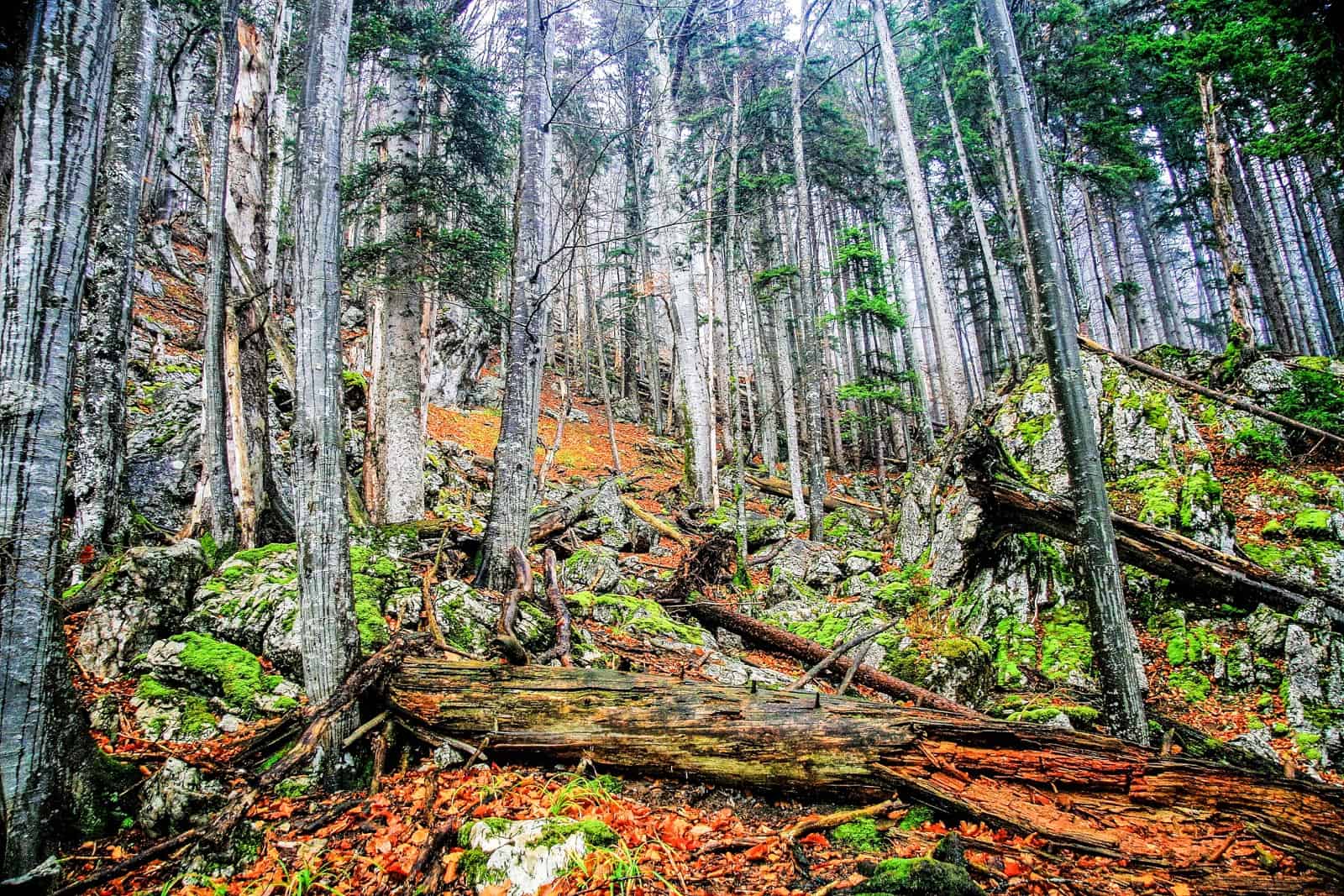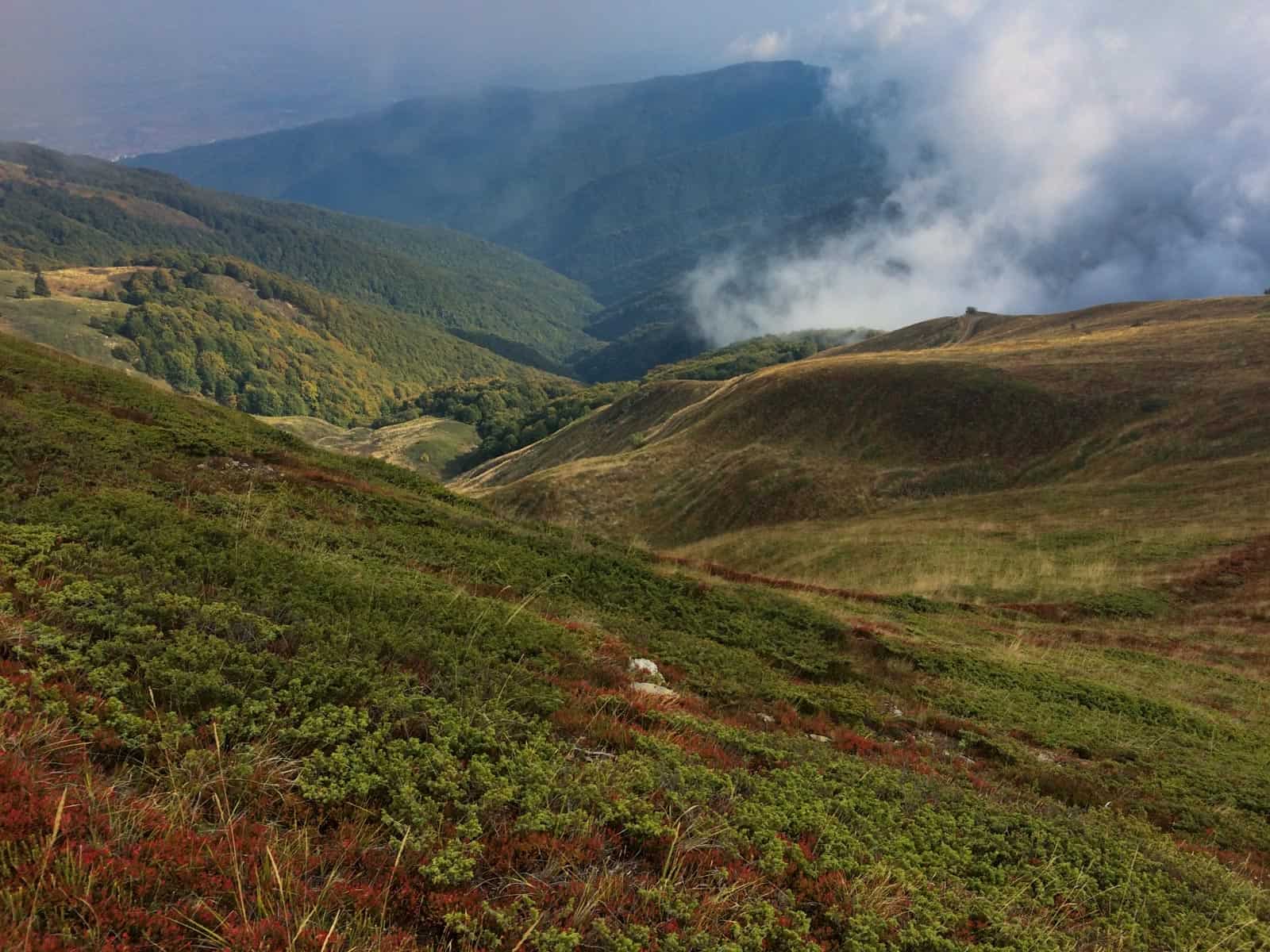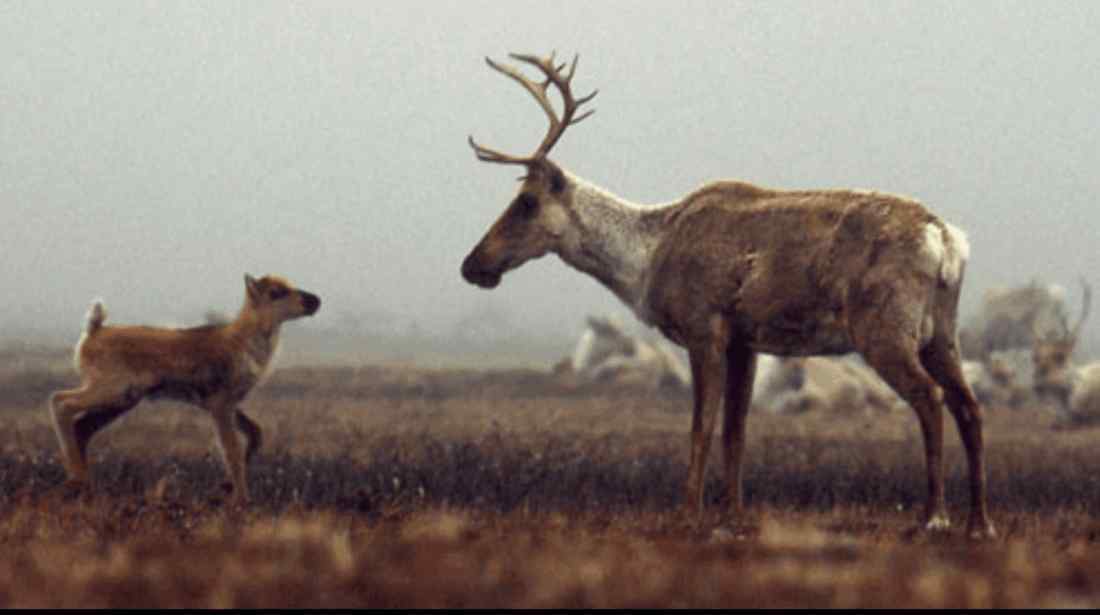Environmental stewardship in a post-natural world: what are we trying to protect?
The Anthropocene is a key paradigm for debating environmental issues in scientific, political and ethical debates. What would a sustainable society look like in the Anthropocene and how could it be achieved? Today, our American Wilderness advocate, Tobias Nickel explores post-natural environmentalism, to ultimately ask the question: Should we continue to fully dissolve the human-nature dichotomy, or is there value in preserving it on some level? Should we fight for nature’s “right to exist independently of us”, or is this a futile, misguided endeavour?
Today’s essay is part five of the essay series, called Environmental Stewardship in a Post-Natural World. You can read Part 1, Part 2, Part 3, and Part 4 of this essay series here.
About the author
Hailing from Cologne, Germany, Tobias Nickel first discovered his love for backpacking and the American West while attending college in California. He graduated from the University of San Diego with a degree in environmental science, philosophy, and political science. Working as a guide for the university’s outdoor adventure center, Tobias led trips to wilderness destinations across the American Southwest. Following graduation, Tobias worked for the National Park Service, the U.S. Forest Service, the Bureau of Land Management, the California Wolf Center, and the Catalina Island Conservancy. Currently, Tobias is a Wilderness Research Fellow with the U.S. Forest Service and finishing up his Master’s in Environmental Management at Western Colorado University. Tobias has a deep passion and appreciation for wild places. His current research is focused on the implications of the Anthropocene for wilderness stewardship.
Environmental stewardship in a post-natural world
In the past sections, I have shown how scientific and ontological arguments arrive at the same conclusion: the belief in nature as a separate, independent force is no longer believable. This poses a serious challenge to modern environmentalism, which has long sought to “save nature” from humanity’s ever-growing influence threatening to defile the last remaining wild places on Earth. However, if we are indeed part of nature (as the ontological argument concludes), then modern environmentalism is conceptually incoherent, as it makes no sense to protect nature from nature. By this account, everything is natural, and nothing humans do (or don’t do) can make a landscape more or less natural. Conversely, if we follow the scientific argument to its conclusion, then nature has already ceased to exist as an independent force, blending together with and being absorbed into all that is human. There is no unspoiled wilderness left to save (except for outer space perhaps), because human impacts are already felt everywhere on the planet.
Whether one subscribes to the scientific or the ontological argument for the end of nature (or is sympathetic to both), I think it is evident that modern environmentalism faces an identity crisis. Both arguments challenge us to fundamentally rethink long-standing notions of nature and naturalness, our role in the biosphere, and our current conservation paradigm. If it is not nature that environmentalists are trying to protect, then what is it we are trying to do? What are the aims of contemporary conservation? What, if anything, is left to conserve?
I do not claim to answer these questions for the increasingly diverse environmental movement(s) that exists today. In fact, the answers are likely as diverse as the movement itself has become. Moreover, proponents of the ontological argument would likely criticize the very notion of an “environmental movement” as an anachronism that remains stuck in the false and dangerous human-nature dualism. Further, some readers may object that defining “nature” and “natural” is merely an intellectual exercise, a semantic jigsaw puzzle.
However, I do believe that we need to reflect on and try to answer these questions in the hope that we may arrive at some insights into the concept of nature, what it might still mean to us, and what environmental stewardship might look like in the Anthropocene. And, while this inquiry may seem abstract and theoretical, it does have very concrete ramifications for the future of conservation. In particular, I am deeply concerned about the future purpose of protected “natural” areas, which have been at the center of my professional career and personal identity, and which have long been the cornerstone of national and global conservation efforts. If not nature, then what are we trying to protect in these areas? As human and nonhuman forces become ever more intertwined, will protected areas become increasingly irrelevant in the Anthropocene?
The U.S. Wilderness Act of 1964 states that an area of wilderness is “protected and managed so as to preserve its natural conditions” (Section 2c; emphasis mine). Indeed, every year, wilderness managers approve and carry out management interventions inside designated wilderness with the justification that these actions improve the “natural quality of wilderness character”. These management actions are likely to become more frequent as climate change progresses. As Landres astutely observes, “the combination of climate change with other landscape stressors is driving ecological restoration to be one of the single most important, challenging, and potentially litigious wilderness stewardship issues.”
At the same time, however, it has become increasingly unclear what wilderness managers are exactly trying to protect. As of January 2021, no U.S. land management agency has developed a definition of “natural conditions,” despite frequently invoking this concept when proposing and implementing management actions. Perhaps when the 1964 Wilderness Act was passed, the meaning of “natural” was obvious and uncontroversial, but this is no longer the case. Unlike the word “untrammeled,” which has been discussed and defined at length, the words “nature” and “natural” remain mysterious and elusive. The result is disagreement, controversy, and a lack of transparency and defensibility in land management decision-making.
In my view, there are two principal pathways forward for the modern conservation movement in dealing with the concept of nature. One possible way is to try to salvage the concept of nature and adapt it to the Anthropocene. Even though animals, plants, rocks, ecological processes, etc. may not be absolutely independent of humans, the words “nature” and “natural” can perhaps still be used to describe their relative independence from human influence and domination. For example, a fish spawned in a free-flowing riverbed would be considered more natural than a genetically modified fish hatched in a tank at an aquaculture farm. Similarly, an old-growth forest would be considered more natural than a cemented parking lot.
In other words, everything would be classifiable on a continuum from least to most natural, depending on the amount of human influence it has been exposed and subjugated to. The further removed something is from the chain of human causality, the more natural it is. This approach would preserve nature’s autonomy and independence as an ethical ideal worth striving for. Just like scientists aspire to – yet never fully accomplish – complete objectivity and impartiality in their research, conservationists and land managers would strive to keep some areas of the Earth as natural as possible, fully acknowledging that complete independence from human influence has become impossible in the Anthropocene (and perhaps has always been an idealistic goal).
This approach is reactionary, in that it allows land managers and conservationists to largely continue business as usual. After all, “conservation” is rooted in the word “conservative.” Therefore, it might be appropriate for conservationists to defend and seek to preserve, to the extent possible, some areas of land that reflect the conditions of a different geologic epoch, an epoch were humans did not dominate all Earth System processes. Environmentalists would be able to continue to think of themselves as guardians of nature, seeking to stem the tide of unfettered development and overconsumption and resuming the fight against humanity’s growing, ubiquitous influence. I personally believe that this is a fight worth fighting, even if it seems to be a losing battle.
While I am partial to this approach and think it has considerable merits, there are also some serious problems with it. Most importantly, this reactionary approach reinvokes and threatens to backslide into the old human-nature dualism. In placing everything on a continuum with naturalness on one end and artificiality on the other, this approach seems to keep alive and entrench the gulf between humans and the rest of the living world. Now that we have extinguished nature as an absolutely independent force, proponents of the scientific argument may see this continuum approach as the next best option for conservationists.
However, those who subscribe to (or are at least sympathetic to) the ontological argument, will likely deem this reconceptualization of the human-natural relationship as unacceptable, as masking the old human-nature dualism. For proponents of the ontological argument, human influence and interaction with the more-than-human world are not inherently negative. Contrary to traditional conservationists, these new environmentalists readily embrace the central human role and involvement in the planet’s diverse ecosystems. The entire naturalness continuum rests on a false ontological and normative assumption that humans are and should be separate from nature. In their view, we cannot escape the responsibility for managing the planet. We ought to embrace our role as stewards of the planet, and we better do it fast. As Emma Marris tells us in Rambunctious Garden: Saving Nature in a Post-Wild World, “We are already running the whole earth, whether we admit it or not. To run it consciously and effectively, we must admit our role and even embrace it.” To save nature, we must assume the role of gardeners and manage the “natural world” intensely.
This then brings me to the other pathway for the environmental movement, which is to completely abandon the concept of nature and replace it with other values and goals. In this view, the concept of nature has become archaic and no longer serves us in our conservation and stewardship paradigms. This view emerges when we follow the arguments for the end of nature to their bitter conclusion and reject the possibility of striving for a nature that is relatively independent from human influence. In collapsing the human-nature dichotomy, both arguments render the concept of nature meaningless. “Nature” arguably becomes synonymous with the words “cosmos” or “universe.” It means everything and nothing and, therefore, presents an unworthy, incoherent cause for environmentalists and conservationists to rally around.
To fill this vacuum, those who care about the more-than-human world must find other values, causes, and ideals to guide their agenda. For example, environmental activists have increasingly framed their work in terms of social justice, public health, and ecosystem services. In this view, protecting the “environment” is a means to advancing humanitarian goals of equality and socio-economic well-being. While these are noble, worthy goals, they alone are unlikely to satisfy those who seek to defend voiceless nature for its own sake. Social justice goals alone also do not provide a comprehensive, robust land ethic that includes, respects, and honors the needs and integrity of the more-than-human world.
If we look beyond (or seek values in addition to) social justice ideals, the chief value contender for nature and wilderness is probably biodiversity. Conservation scientists, ecologists, environmental activists, land managers, and policymakers all increasingly frame environmental policy and management in terms of biodiversity. For example, halting the accelerating global loss of biodiversity has become the rallying cry for much of the environmental movement and has become the focus of local, national, and global environmental policies. While the goal of biodiversity makes intuitive and scientific sense, I cannot help but wonder what kind of biodiversity are we trying to protect? For example, conservationists have historically prioritized native biodiversity. Most land managers do not see the introduction of non-native species into an ecosystem as enhancing its biodiversity and ecological value. However, as we are heading toward new unknowns and novel ecosystems, the distinction between native and non-native species is becoming increasingly blurry and needs to be reevaluated. In the “great climate change shuffle”, species ranges will shift and new combinations of what is “native” will emerge. Under these circumstances, native species prioritization is increasingly looking like a futile as well as morally and scientifically ambiguous strategy.
In the age of bioengineering and synthetic biology, I also believe that we should prioritize wild over artificial biodiversity and unmanipulated ecological systems over manipulated ones. Does the protection of biodiversity in zoos, genetic labs, and domesticated and pastoral landscapes provide a meaningful mission for conservationists? I would argue that protection of biodiversity that is “natural, wild, and free” is at least as important as conserving biodiversity itself. This, however, throws us right back into the human-nature dualism conundrum and also painfully reminds us of the fact that completely “natural, wild, and free” biodiversity likely no longer exists in the Anthropocene.
In addition to social justice and biodiversity goals, there are, of course, other guiding principles that could replace the concepts of nature. For example, in Beyond Naturalness, editors David Cole and Laurie Yung bring together a group of ecologists to debate the future of park and wilderness stewardship in the Anthropocene. The authors all agree that the concept of “naturalness” has become increasingly problematic in guiding land management decisions, because what is natural has become ambiguous and has many different, sometimes conflicting, meanings. Instead, the authors advocate for a diversity of approaches to protected area management based on the guiding principles of ecological integrity, resilience, historical fidelity, and autonomy of nature. Utilizing these principles, conservation planners can more clearly articulate the purposes and values of protected areas, set measurable, evidence-based management objectives, and assess decision trade-offs. Moreover, given the uncertainty about the impacts of climate change, application of and experimentation with a planned and deliberate diversity of conservation goals and land management approaches will maximize opportunities for learning.
As climate change continues to progress and ecological processes further deviate from once-natural variation, the debate over the future aims, values, and ideals of conservation and environmentalism in the Anthropocene will rage on. In the end, I find myself conflicted in what environmental stewardship out to look like in a post-natural world. While I am in agreement with Aldo Leopold that we need to cultivate an “ethic dealing with man’s relation to the land and to the animals and plants which grow upon it,” I have become increasingly unsure what this moral extensionism ought to look like in the Anthropocene. To borrow a term from ecology, can we enter into a symbiotic relationship with the other-than-human world? Can we actively participate in the landscape while respecting (or even enhancing) rather than violating nature’s autonomy? Is the guardian concept still tenable or must we embrace the more active role of gardeners and planetary stewards? Should we continue to fully dissolve the human-nature dichotomy, or is there value in preserving it on some level? Should we fight for nature’s “right to exist independently of us”, or is this a futile, misguided endeavour?

